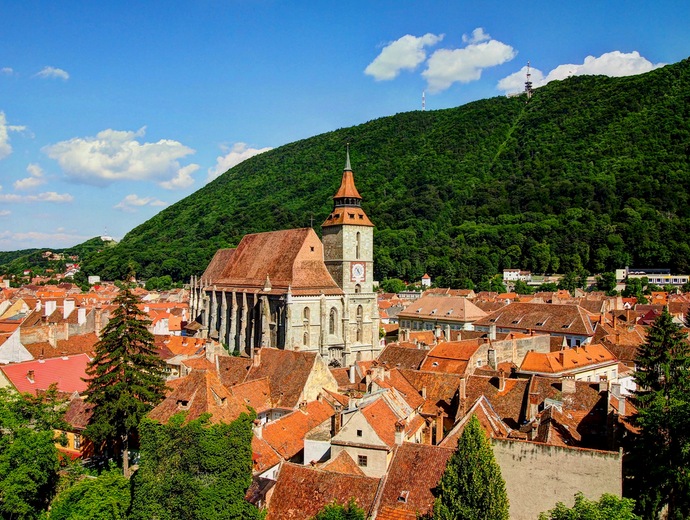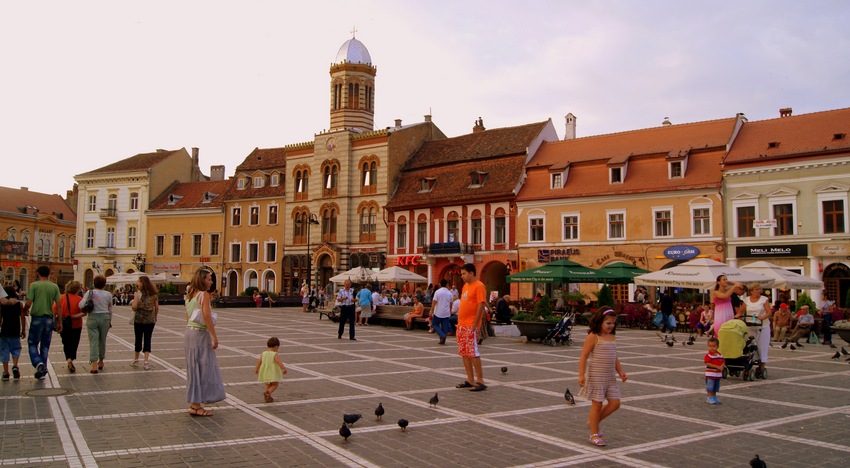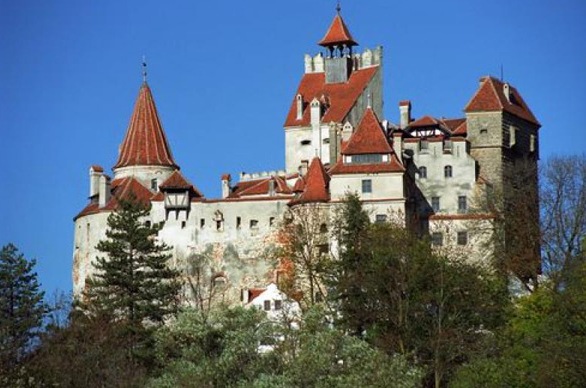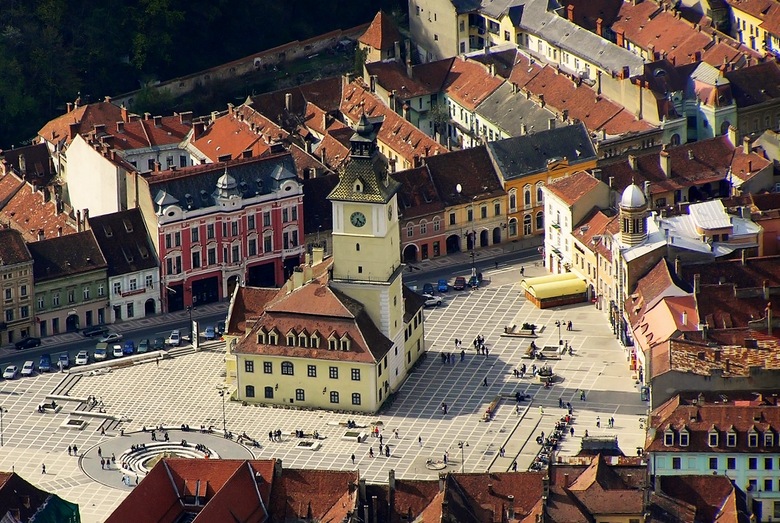|
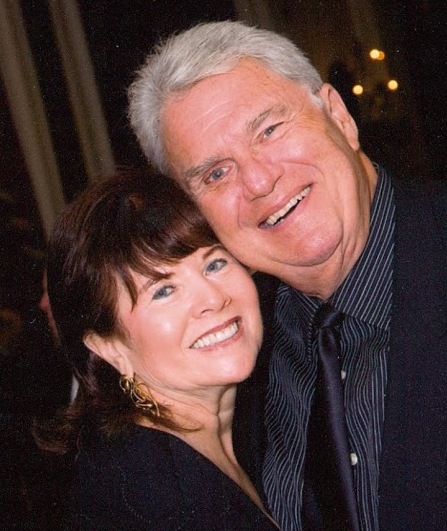
ENID & STANLEY
ALTERMAN
|
August 1st- 9th 2016
Brasov (Romania)
Tourist information
Transilvania is a very
nice and famous region with many sightseeing places. We have
listed the more important places recommended for visiting:
In Brasov
-
Biserica Neagră (Black Church).
It is the greatest Gothic church in
Transilvania being 500 years old. Its name derives from damage caused by the Great Fire
of 1689, when flames and smoke blackened its walls. It preserves the
greatest collection of Anatolian carpets in Europe. Its organ is the
greatest in South-Europe and the third in Europe. In order to preserve it
from the tin pest, the organon is heated with the original heating system
with hot water in the floor. In the yard of the church one can find the
statue of Johannes Honterus (first printing press in Transilvania, 1539
and first European handbook Rudimenta Cosmographica)
-
Council Square (Marktplatz). It is the
center of Brasov with very nice façades of Medieval buildings. The Old Town
Hall (also known as Wagner house), placed in the center of the
Council Square, is the venue of the Hystory Museum where the Ancient,
Medieval and Modern hystory of Brasov and its surroundings is
displayed. The Greek church, where the wife of
Constantin Brancoveanu and daughters were buried, is also placed at
the Council Square.
-
Bastions and towers: Bastionul Thesatorilor,
Frangierilor, Postavarilor, Graft and Canal are bastions of the outer
wall of Brasov. Together with the towers (Turnul Alb and Turnul Neagru)
they formed part of the defences of the town and have survived
centuries.
-
Saint Nicholas church (Biserica Sfantul Nicolae):
The first church was built in 1292, rebuilt in stone in
1495 and reformed in the XVII century. It shows a
curious mixing of Gothic, Renaissance and Baroque styles. It is the
most important orthodox church in Transilvania. In the yard one can
find the museum of the first Romanian school where there is the
printing press of Diaconu Coresi. It was in that press that in 1561 the first
printed book in the Romanian language and the first Russian printed
Bible were issued.
-
Biserica Sfânta Treime - Pe Tocile: This
church does not
face the street but a court since in the time of its construction
(1813) the orthodox temples were not allowed by Austrians to have the façade
facing the street. It was built in 85 days by the Romanian community of
Scheiul Brasovului after very complicated negotiations with the
authorites.
-
Biserica Evanghelică: A Saxon building from
1794 that contains a rich collection of oriental tapestries.
-
Art and Etnographic Museums: The Art Museum owns a collection of Romanian artists'
pictures and other decorative objects. The Etnographic Museum has a
collection of weaves and clothes.
In Transilvania
-
Bran Castle (also known as Dracula castle).
Teutonic castle built in 1377 near the customs point between Wallachia
and Transilvania. The legend says that the Bran Castle was the "home" of
Vlad III Draculea, also
known as Vlad Tepes (the Impaler), Prince of Wallachia from 1456
to 1462 who defended Romanians and Bulgarians from Ottoman invasion by
using terrific means. Bram Stoker based the personage of the vampire
Count Dracula of his famous novel on him.
-
Râsnov Fortress: The Teutonic Knights built
this fortress in the 1300s to protect Transilvania from the Tartars
and the Turks.
-
Brukenthal National Musem: Placed in Sibiu,
the Brukenthal palace was the home of Samuel von Brukenthal, the
Habsburg governor of Transilvania in the late 18th century.
His art collection was increased with the passing of time. The Art
Galleries and the Brukenthal Library are placed inside the Brukenthal
Palace, while the museums of History, Pharmacology, Natural History
and Arms and Hunting are located in other hystoric buildings of Sibiu.
-
Medieval Sighisoara: The medieval citadel of
Sighisoara is one of the greatest and best preserved old
fortified towns in Europe. The Sighisoara Medieval Festival is held in
the last weekend of July, just before the beginning of our Summer
School. The Wallachian prince Vlad Dracul, the father of Vlad Tepes,
lived exiled in the town.
-
Fortified Churches: They were built in the XIIth
century by the Saxon colonists of Transilvania settled by the Kings of
Hungary as defences against the Ottoman and Tartar threats.
Owing to the small size of these settlements, only the church was
fortified instead of the whole town. There are fortified churchs
in Hărman, Câlnic, Dârjiu, Valea Viilor, Biertan,
Prejmer, Saschiz and Viscri.
-
And much more: Visit the official website of
tourism of Romania.
FACULTY OF MATHEMATICS & INFORMATICS 
TRANSILVANIA UNIVERSITY OF BRASOV 
|
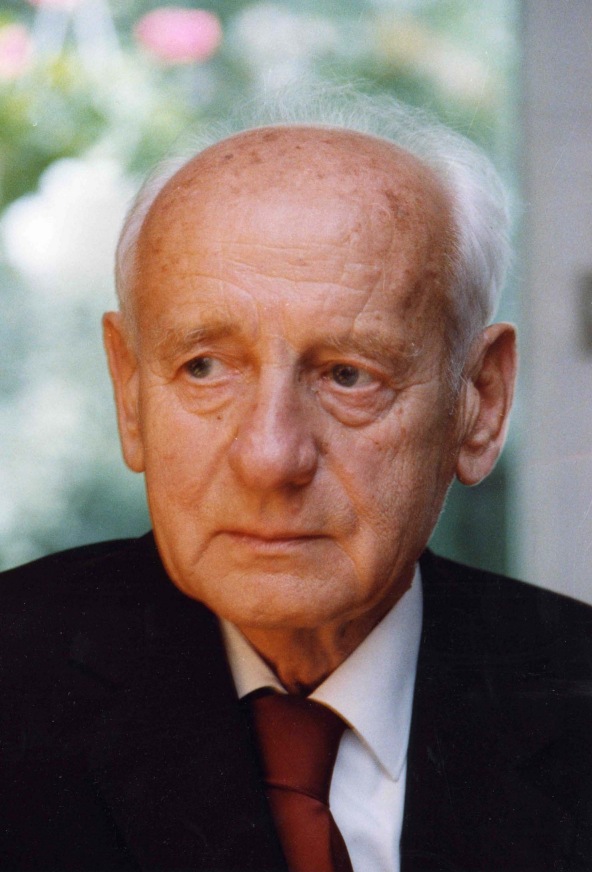
ERICH KÄHLER
|
